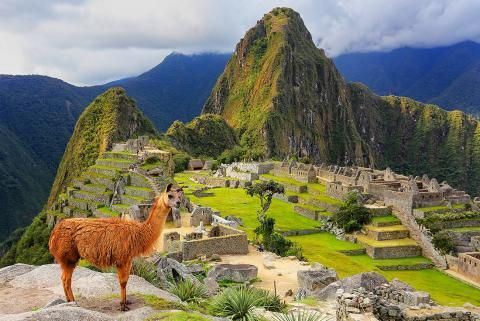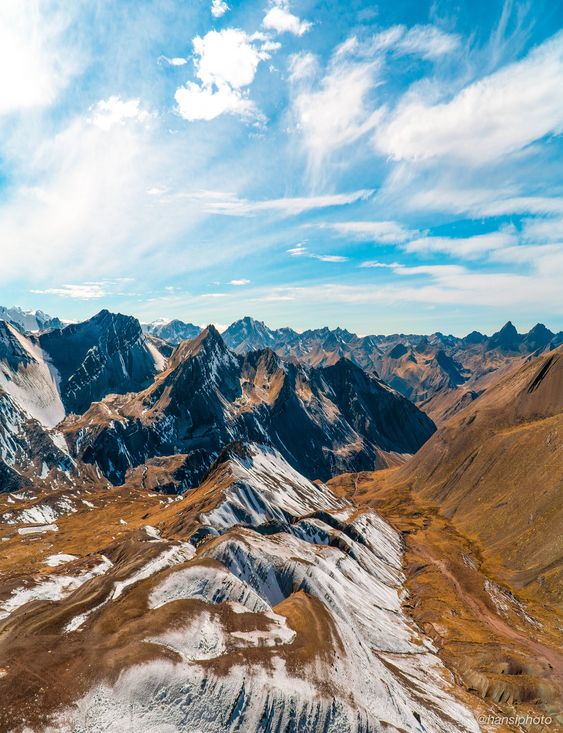
Peru is a country located in the west of South America. Surrounded by Ecuador, Colombia, Brazil, Bolivia, Chile and the Pacific Ocean, it is the third largest country in the subcontinent. Lima, a vast urban area of 9 million inhabitants, is the capital and the largest city in the country. He is a member of the Asia-Pacific Economic Cooperation Forum (APEC) and the Andean Community of Nations (CAN). The Peruvian economy is among the most successful in Latin America. The respect for the principles of financial orthodoxy and the improvement of debt management have apparently led to a lasting restoration of macroeconomic balances and to regaining investor confidence. However, the Peruvian economy faces two major challenges. First, the country remains vulnerable to fluctuations in commodity prices in international markets. Second, the cyclical phase must be exploited to promote the creation of a growth and redistribution scenario favorable to the fight against poverty and to human development.
Wonderful natural landscape!
The country is endowed with exceptional natural resources. Because of its biogeographical position and great climatic and topographical diversity, there are very diverse environments in Peru (from the plains to the mountains and from the desert to the equatorial forest, sheltering a Extremely varied fauna and flora. On the heights, llamas rub shoulders with alpacas and vicuñas. The short-tailed chinchilla, which once existed in the wild in the very high Andes, has no doubt disappeared today.

Travelling to Peru: beware of the earthquake
Unfortunately like most countries that are surrounded by active volcanoes, Peru is prone to earthquakes. There is volcanic activity in the central volcanic zone of the Andes located in the south of the country. Peru is located on a seismic fault, which causes a number of earthquakes each year, the intensity of which remains low. However, the country has suffered some major earthquakes, causing a large number of casualties and considerable destruction. However, the population is prepared in the event of an earthquake, the government is putting this disaster in urgent need. Regularly in schools and workplaces, safety measures are taught and fire drills carried out.
Green tourism in protected national and air parks
Peru has an extensive network of national parks, nature reserves and national historic sites. All of these sites cover an area of approximately 18 million ha, or 14% of Peruvian territory. The National Institute of Natural Resources manages most of the protected areas. However, an increasing number of them are administered by indigenous communities and by nature conservation associations. There are the two so famous national parks in Peru, they are Huascaran Park classified as a UNESCO natural heritage and Manu National Park (a protected area part of the humid forests of the southwest of the Amazon).